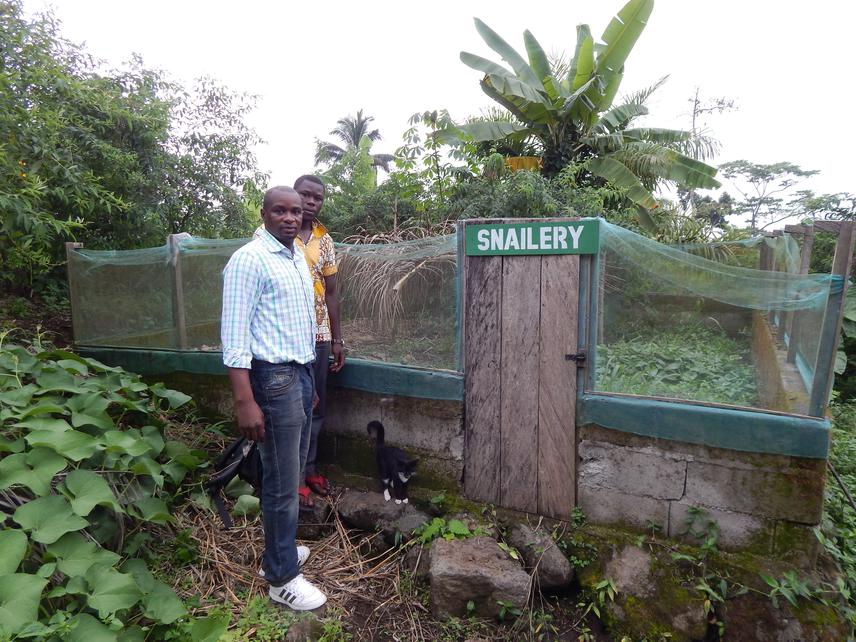Eric Djomo Nana
Other projects
15 Oct 2013
Selection Pressure on Avian Life History Traits along an Altitudinal Gradient in Sub-Saharan African
This project seeks to enhance livelihoods of communities around the Mt. Cameroon National Park by providing alternatives to bushmeat to increase compliance with management policies.

Enhancing livelihoods through alternatives to bushmeat is critically important for conservation. Efforts should focus on sustainable solutions well adapted to people’s capacities that have a good market appeal and reflect people’s future aspirations. This project strives to diversify and enhance livelihoods of local communities living next to the Mt. Cameroon National Park through cane rat farming and snail farming in order to reduce the pressure these people exert on the wildlife in this area. These animals were chosen because they are easy to rear, cheap to buy, and are highly appreciated on the local markets. Moreover, these animals constitute a readily available source of protein for the local people, and a deterrent from harvesting wildlife from the forest, especially given the current Ebola crises in West Africa. In the first phase of this project which took place in 2013, hunters were identified in target villages and were asked to come forth with their problems. They accepted to stop poaching inside the national park if alternative livelihood means could be provided to them. This second phase therefore strives to continue in that direction. This project is therefore a valuable contribution to the general fight against poaching in Cameroon and to enhance sustainable livelihoods of rural communities dependent on forest resources.
Based on our previous study in this area, we noticed many reasons push these local people to carryout poaching inside the national park. While the main reason was due to financial difficulties, other reasons included loving the taste of bushmeat, and using wild animals for traditional purposes. We expect that this approach of livelihood enhancement and diversification will be a first step to convince poachers with low revenues that their livelihoods can be improved with alternatives to bushmeat, and encourage them to join. We expect to see therefore a drop in poaching activities in the near future, and increased compliance of local people with management policies of the national park. Based on information we collected in the area last time, cane rats are sold at about 11 pounds per animal in the local markets. This makes saling about 48 cane rats, which can be obtained every six months from a single farm of sixteen mature females and four males, to produce an income of 528 pounds.